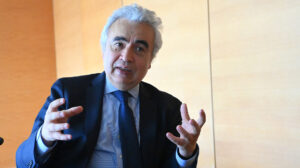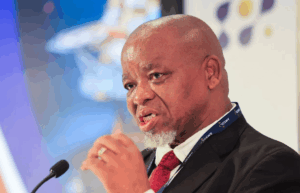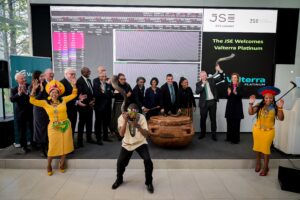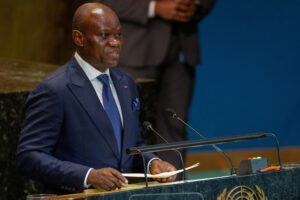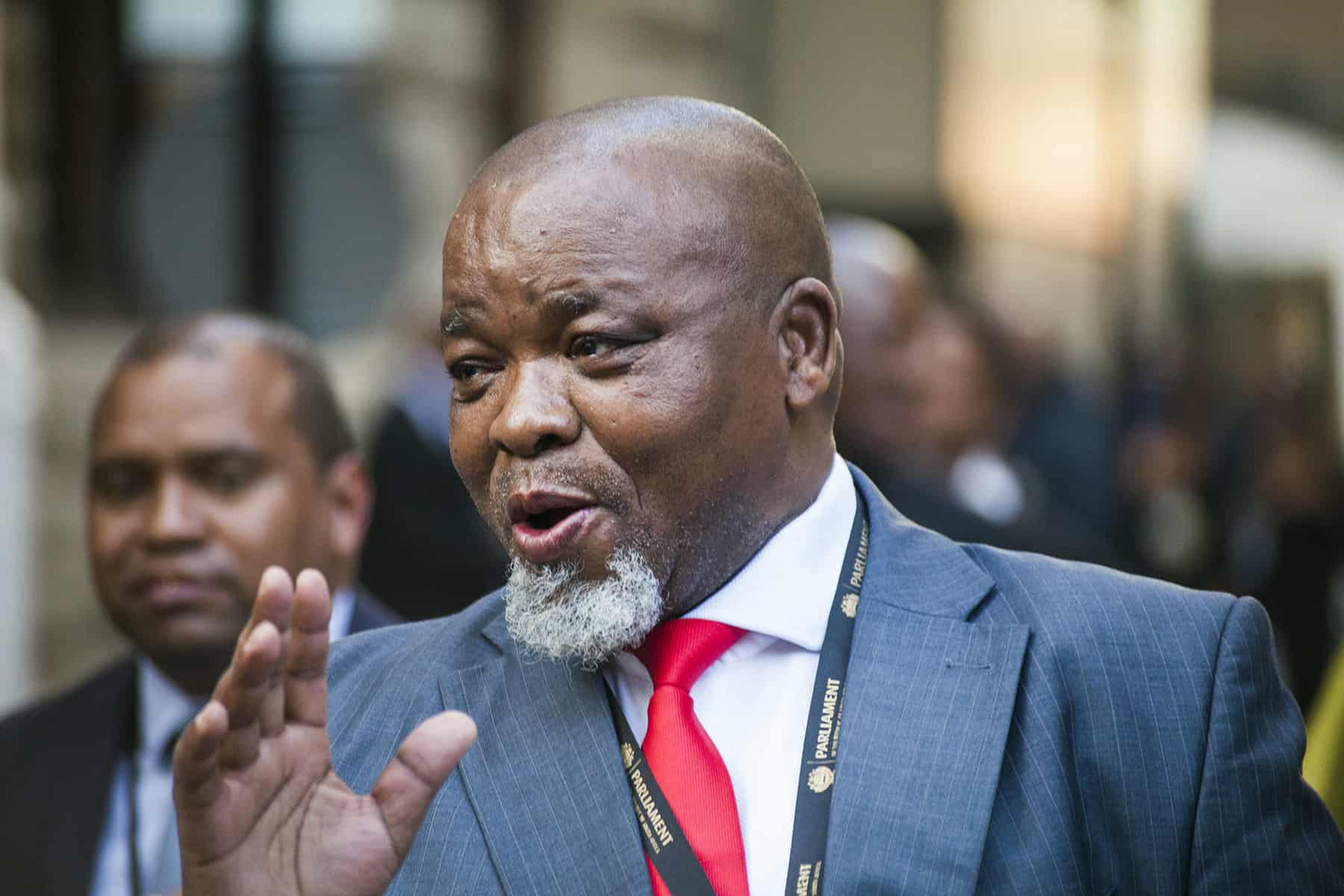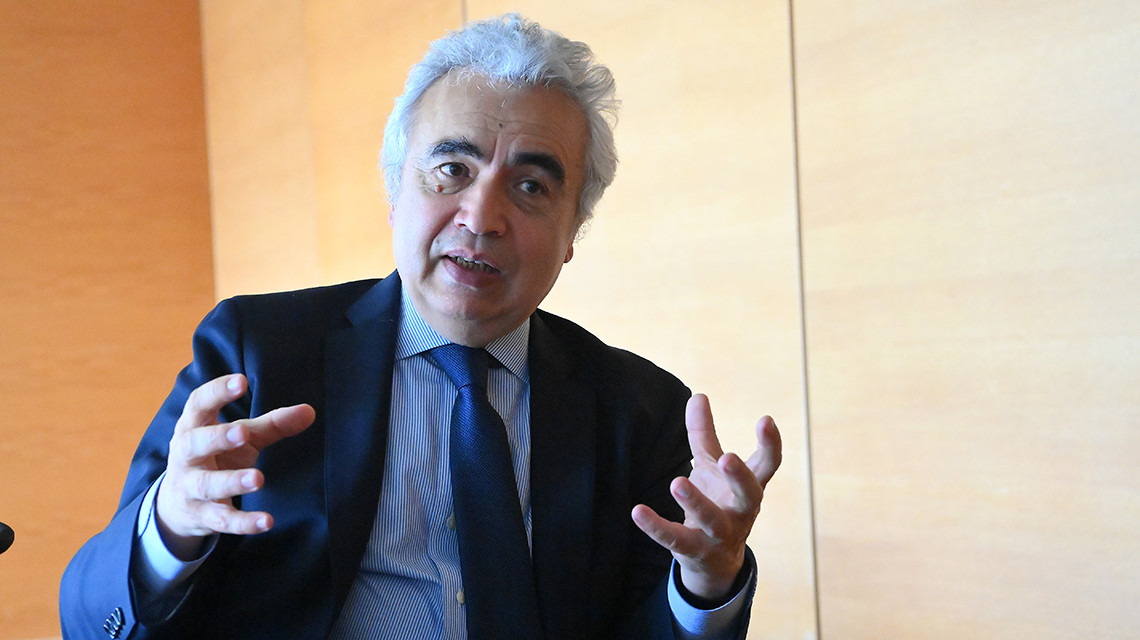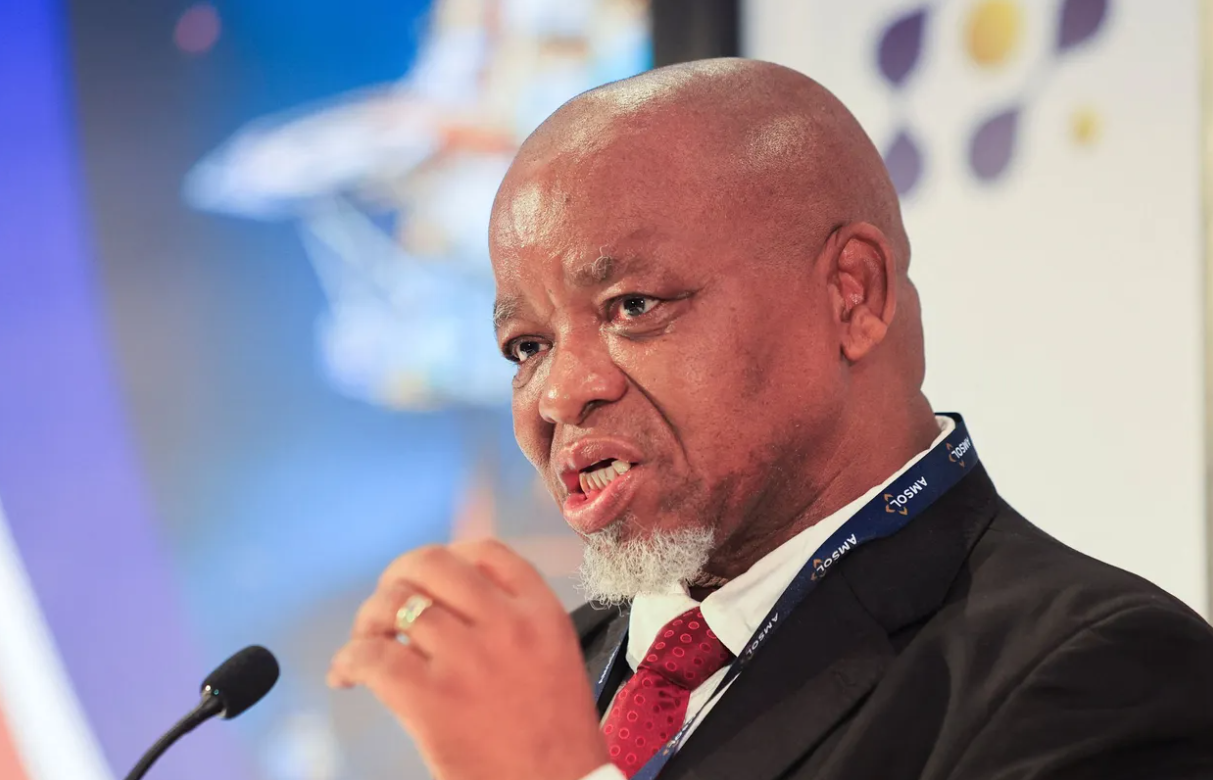At the inaugural African Critical Minerals Summit held in Sandton exactly a year ago on September 8th, South Africa’s Minerals Minister Gwede Mantashe candidly acknowledged that the country lacks a coherent policy approach for Critical Minerals (CRMs). As delegates listened intently, it became clear that this absence of a defined CRM strategy is more than just a logistical oversight; it raises critical questions about the depth and ongoing relevance of the National Development Plan (NDP). The NDP, which aims to eliminate poverty and reduce inequality by 2030, envisions a united South Africa where citizens can unleash their potential, foster an inclusive economy, and build capabilities.
Yet, Mantashe’s remarks, where he cited that the absence of a universally accepted definition of CRMs, coupled with the fact that many minerals critical to the global north are not viewed as essential in South Africa, highlighted a clumsy,troubling disconnect between this ambitious vision and the current reality.
“While these definitions vary depending on each country’s needs, each of these nations list various mineral resources that they deem critical based on their resource endowment, supply chain vulnerabilities, and specific economic and technological priorities. Our argument, as South Africa, is that the criticalness of a mineral does not depend on who is using it, hence, we submit to this summit that critical minerals cannot be defined in terms of those who use them and those who have them. Even though critical minerals may be used per country, they cannot be defined per country”, Mantashe stated on the August morning.
A political economy of malaise and squandered opportunities
However, despite its vast resources (confirmed in trillions of dollars by CitiBank), South Africa’s failure to develop a comprehensive critical minerals policy is a stark indictment of its mining sector, and a rich mineral heritage, forged through decades of innovation and perseverance, is being squandered.
Moreover, the failure to develop a robust framework for commercialising the country’s vast manganese, Rare earth elements (REEs) and abundant platinum group metals (PGMs) beyond upstream production is not just a missed opportunity; it is a glaring indictment of democratic South Africa, and the noble intentions of the National Development Plan (NDP).
At first glance, one could interpret South Africa’s political economy as charting an ominous path toward the current stagnation. The country has been grappling with a series of economic challenges that have compounded over the years, leading to a troubling state of affairs. Recent data reveals that South Africa’s economy grew by a mere 0.4 percent in the first quarter of 2023, primarily due to crippling power cuts and a volatile external environment. This stagnation is not an isolated incident; it reflects a broader trend of economic decline that has persisted for over a decade, with real GDP growth projected to fall to 0.1 percent in 2023 from 2 percent in 2022.
Suffice therefore to say the country’s progress deep neoliberal, historical fixations appear to have shortchanged the trajectory of post-apartheid South Africa, severely frustrating its potential and ability to foster meaningful social transformation. South Africa must reassess its approach to CRMs, as doing so could unlock significant economic and social benefits for its people.
Policy missteps leading to sector uncertainties
As the world hurtles towards a low-carbon future, a continent rich in critical minerals slumbers, oblivious to the revolution unfolding around it. Africa, home to abundant cobalt, lithium, nickel, and copper, is in danger of being left behind, its vast resources untapped and its economies untransformed.
Once a beacon of hope, South Africa now risks becoming a mere spectator, its lack of a comprehensive critical minerals policy a glaring omission, perhaps a symptom of mistrust within the political economy that has led to stagnation.
The roots of this stagnation can be traced back to a combination of poor policy choices and structural issues. High levels of unemployment, poverty, and inequality continue to plague the nation, despite significant social spending by the government. The energy crisis, exacerbated by years of mismanagement of the state-owned utility Eskom, has further stifled economic growth and deterred private sector investment. Moreover, the government’s focus on state control over the economy has hindered the growth-promoting forces essential for a thriving economy. This has led to a climate where crime, corruption, and mismanagement flourish, ultimately making South Africans poorer by the day.
Misery loves Company
Like they say, misery loves company: South Africa is not alone in this, with other African giants seemingly sleeping on the job.
Despite reported advances from Glencore Plc, Nigeria, with its vast reserves of cobalt and nickel, has yet to awaken to the opportunities knocking on its door. The Democratic Republic of Congo, the world’s largest producer of cobalt, struggles to industrialize its artisanal mining sector, its potential squandered. Zambia, a significant producer of copper and cobalt, has not diversified its economy, leaving it vulnerable to the whims of global markets. Ghana, with its gold and lithium deposits, has yet to develop a policy to capitalize on the growing demand.
The NDP and AfCFTA
Recent policy moves by African states through The African Continental Free Trade Area (AfCFTA) also press the pause button: The African Continental Free Trade Area (AfCFTA) offers a promising framework for economic growth, but its alignment with the National Development Plan and sectoral approaches like critical minerals beneficiation remains unclear. Global businesses and investors are urged to invest in priority sectors, but how does this thrust align with South Africa’s critical mineral and value chain potential?
As the country stands at this crossroads, the need for comprehensive reforms becomes increasingly urgent. Without a shift toward policies prioritizing economic growth and removing barriers to investment, South Africa risks remaining trapped in this cycle of stagnation. The path forward requires not just a reassessment of current strategies but also a commitment to fostering an environment where the private sector can thrive, thereby unlocking the unrealized potential of the economy.
It’s time for a revised National Development Plan that prioritizes green value chains and a comprehensive critical minerals policy that promotes industrialization, diversification, and local beneficiation. We cannot afford to miss this opportunity. South Africa must unlock its critical minerals potential to drive sustainable growth, create jobs, and reduce dependence on traditional markets.
Gwede’s Second Wind
Gwede Mantashe’s reappointment as Minister of Mineral Resources presents a unique opportunity to introduce transformative changes in South Africa’s mining sector. With a renewed focus and the energy portfolio no longer under his purview, Minister Mantashe can now dedicate his efforts to addressing longstanding challenges and driving strategic policies for both upstream and downstream critical minerals, amongst them the pressing lack of a centralized cadastral system, hindering effective oversight and regulation of the mining industry; harmonising regulation and policies; and rising non-compliance with Environmental, Social, and Governance (ESG) standards and localisation requirements by mining companies.
With a renewed mandate and a rather streamlined portfolio, Mantashe has a chance to address critical challenges and potentially leave a lasting legacy in the industry.
Opinion by Editor: Fulufhelo Lloyd Nedohe Email:info@esgfrontiers.co.za



